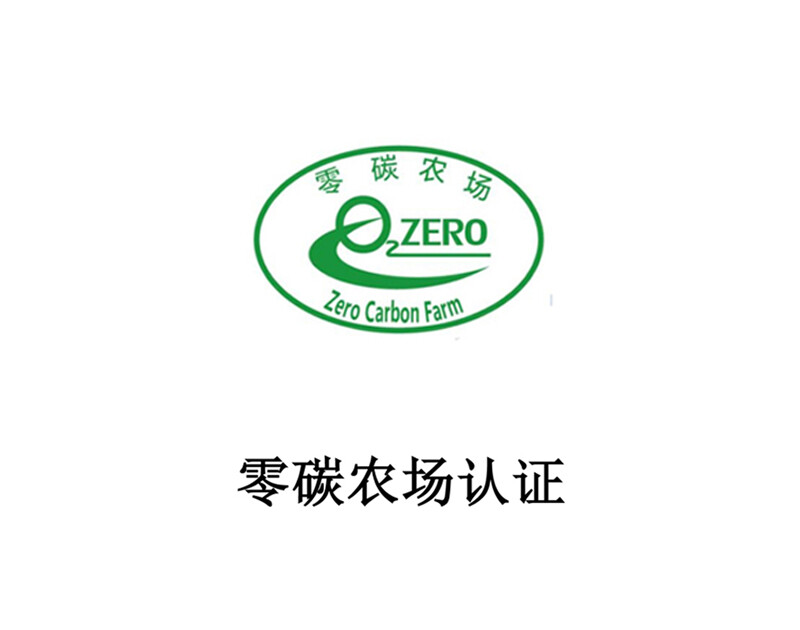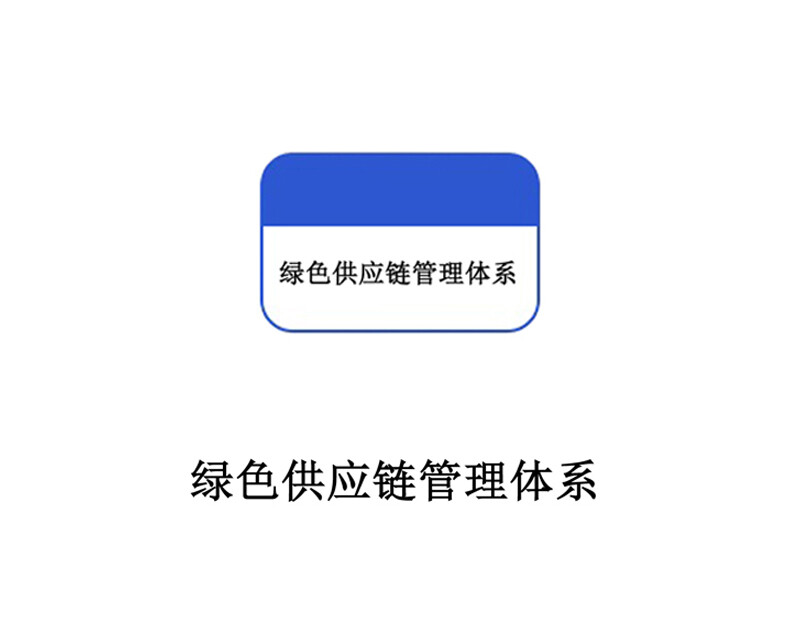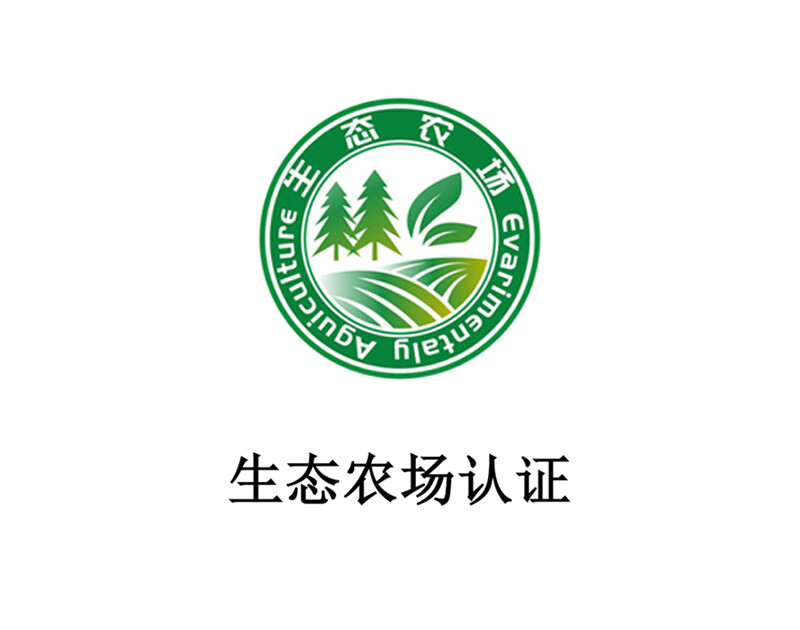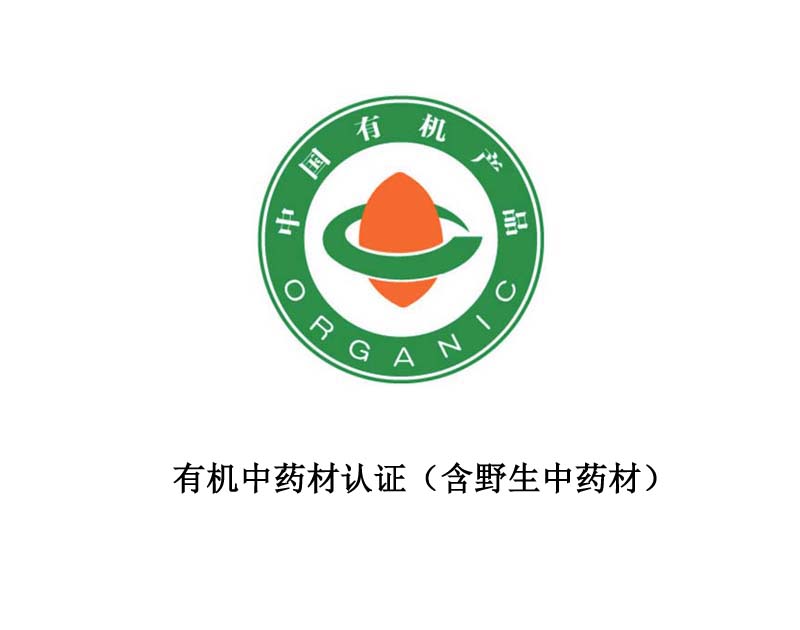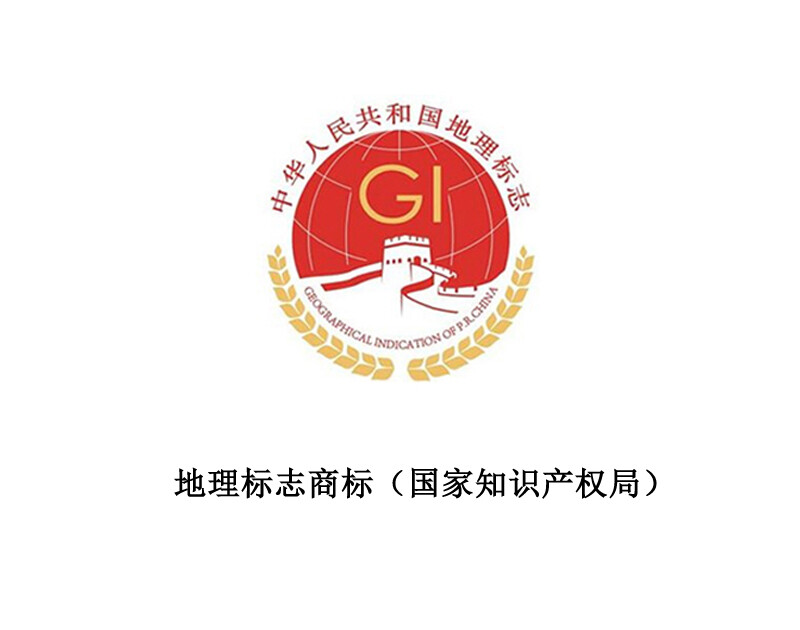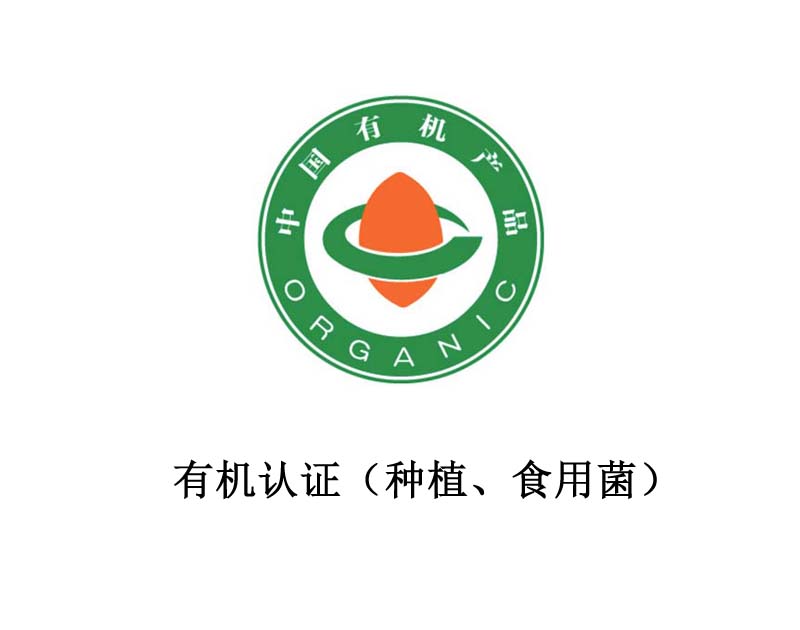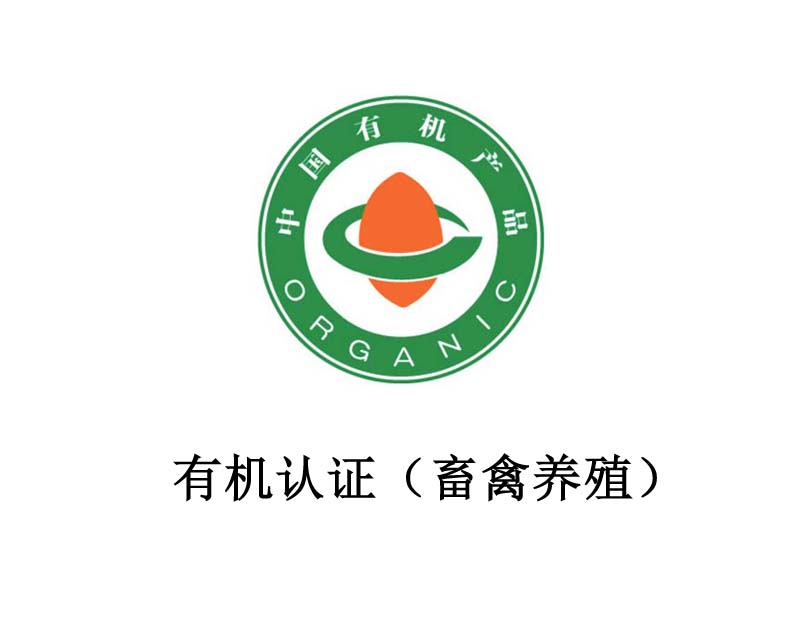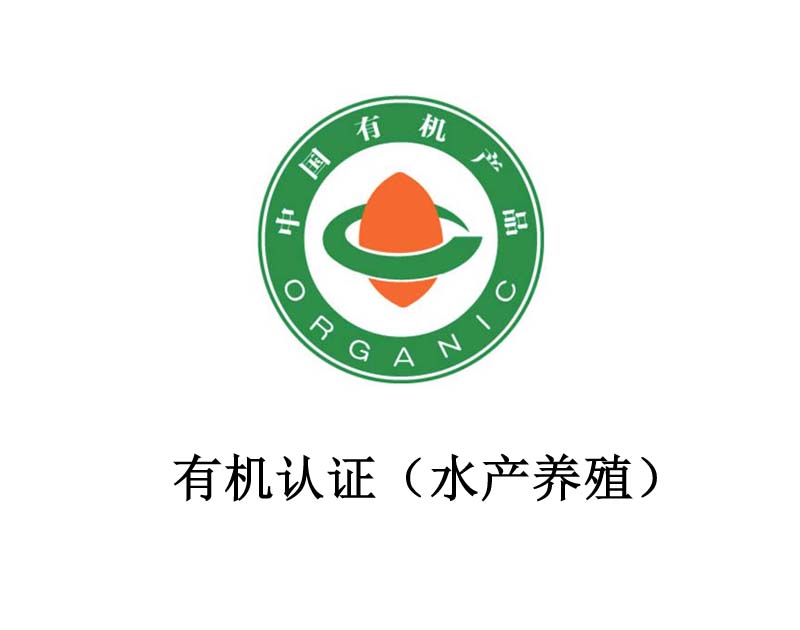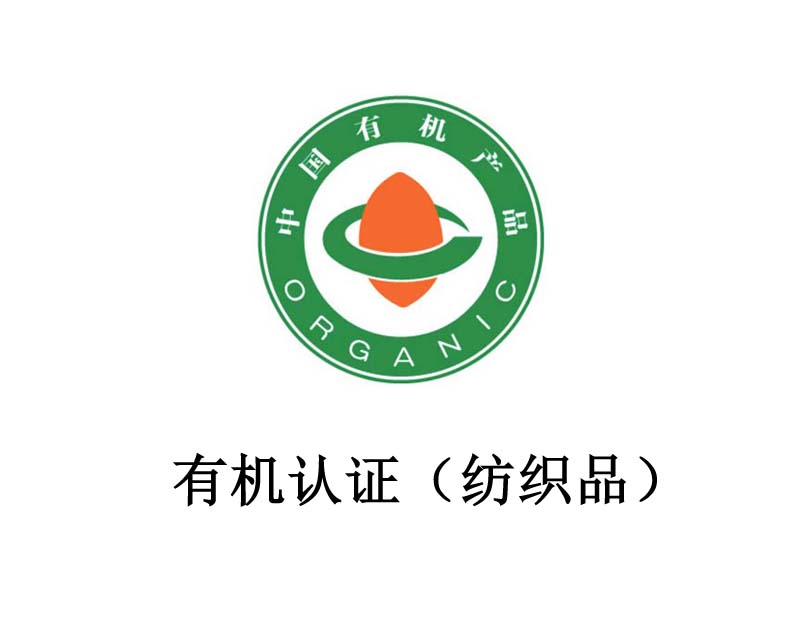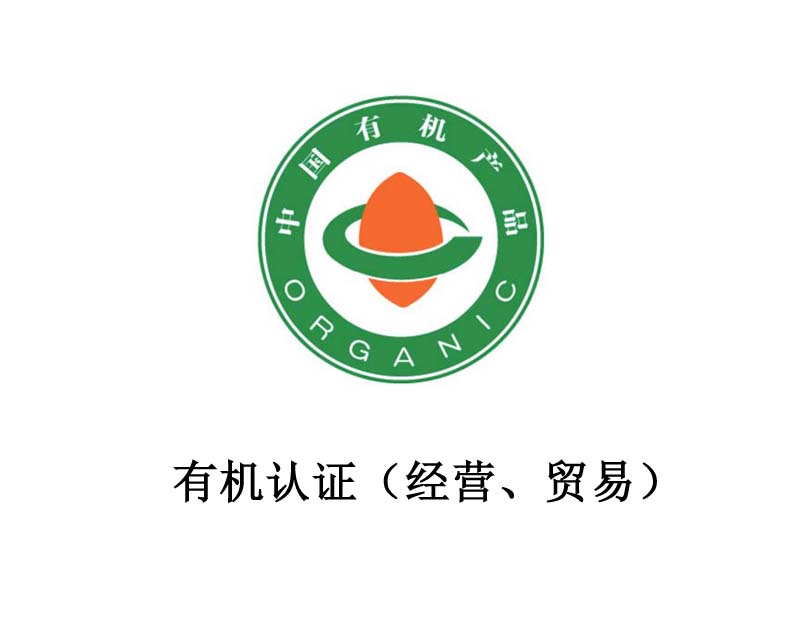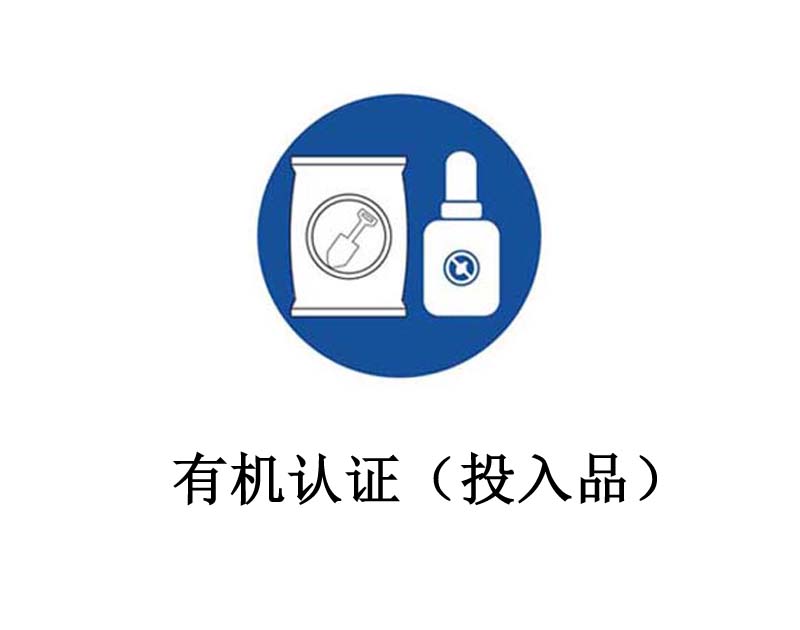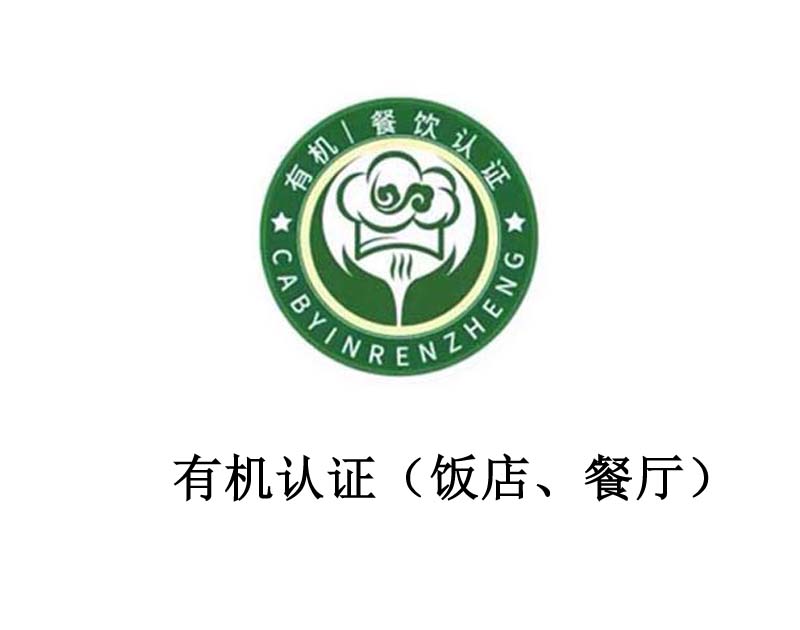Agricultural Product Food Certification Service Network
Technical Support: China Green Huaxing (Beijing) Agricultural Research Institute
Copyright: Guohuan Organic Agricultural Products (Dezhou) Co., Ltd
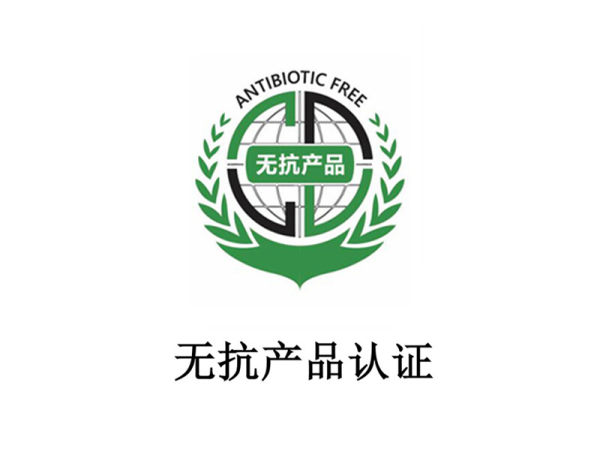
The concept of antibiotic-free product certification:
Antibiotic-free products come from farming, and are products obtained without the use of antibiotics during the farming/processing process. In the farming process, Chinese medicine is given priority for disease prevention and control of livestock and poultry, and antibiotics are used in a standardized manner, so that there are no antibiotic residues in the final product. Feed that does not contain antibiotics is used, and preventive measures without the use of antibiotics are used for farming.
Antibiotic-free product range: livestock and poultry, eggs, aquatic products, and livestock and poultry meat (egg) products, aquatic products. Antibiotic-free product certification is a full-chain certification, which needs to be controlled from feed to breeding and processing through on-site inspections, product sampling tests, and post-certification supervision.
Benefits of antibiotic-free certification: Through multi-angle technical research on the industry, it is determined that the breeding process can achieve products without the use of antibiotics through technical means. The certified products and output can be tracked and anti-counterfeiting through the traceability system. The concept of healthy and safe food is used to build market trust in agricultural products and their companies, create added value for agricultural products from a safety perspective, avoid homogenization, and enhance the market competitiveness of products and companies.
[Qualifications and technical conditions required for antibiotic-free product certification]:
1. Business license, animal quarantine certificate or other permits, slaughterhouse qualification certificate;
2. Ownership certificate of the land used for the breeding farm and slaughtering and cutting plant, layout diagram of the breeding area, layout diagram of the processing area, layout diagram of the equipment, and process flow diagram;
3. Environmental impact assessment or pollutant discharge permit;
4. Animal epidemic prevention records and quarantine certificates;
5. Personnel health certificate (required for slaughter and cutting);
6. Drinking and processing water quality test report;
7 Input records: feed, veterinary drugs, etc.;
8. Establish traceable written management system records;
9. There were zero detections of antibiotics in the antibiotic-free terminal product testing.
